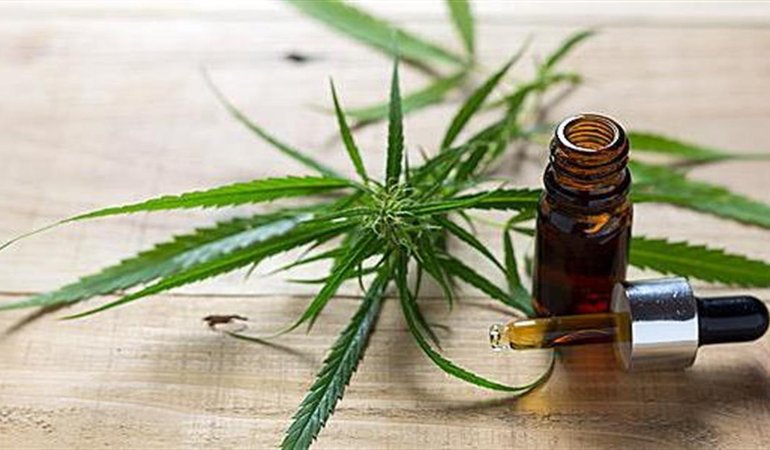A lot of myths and one truth about cannabis

Hemp comes from the Cannabis sativa plant. The dried flower is commonly consumed in a form known as marijuana or weed. The most important and powerful psychoactive substance that cannabis contains is tetrahydrocannabinol (THC), which affects specific cannabinoid receptors in the central nervous system and thus manifests the clinical effects that are evident in those who use it. In the last decade, cannabis has been widely available with much higher THC levels, and thus much more clinical incidents and side effects (also known as skunk).
The intermittent use of cannabis, in Europe and America, especially among young people, is widespread, often under the illusion that it is something innocent and herbal, and something that the company uses to have a good time. Perhaps the most dangerous point is that it is a socially demythologized drug or a mild one, that will not hurt anyone because it already “exists in nature”.
How wrong the above is, makes an expert understand that he should primarily deal with beliefs-misconceptions associated with the use of cannabinoids and later explain the harmful effects biologically and also mentally from this particular drug.
But let’s start by debunking the myths one by one. The effects of cannabis are related to the dosage, the individual’s mood and also the social context. It causes dependence as well as tolerance, i.e. as the use is prolonged, the person needs even larger doses of the drug to achieve the effect desired by the user. This mechanism eventually leads to addiction. About 33% of occasional users will develop a problem from their use, while about 10% will become dependent on cannabis. The use can happen at any age, but the more harmful use (biologically and mentally) and also in terms of dependence (rates that reach 20%) seems to happen for people who do it frequently from the period of adolescence.
In the biological points, we observe redness of the eyes, dry mouth, tachycardia (in people with cardiovascular problems it can cause a myocardial infarction), irritation and coughing from the respiratory system. It should be noted that inhaling cannabis is not as innocent as it appears but potentially carcinogenic, it causes bronchitis and respiratory infections, just like other substances that are inhaled after combustion. The impact of the brain on the brain is also expressed by somnolence, confusion, difficulty of attention and concentration, reduced reaction speed. Sometimes anxious-phobic manifestations and panic-like behaviors appear. Worth mentioning at this point is the cannabis intoxication and the dangerous driving due to the above symptoms.
Users report increased pleasure from sensory experiences but also a distortion of the perception of space and time. Twice the risk of psychosis compared to those who have never used drugs. Cannabis does not “fix” someone’s mood, but enhances an already pre-existing mood, whether happy or depressed. In addition to the above and according to studies, cannabis also has long-term effects, concerning the person’s memory, the ability to concentrate, the ability to think and make decisions, even a decline in cognitive functions and overall functionality of the person. The studies showed that even after years of abstinence, pronounced neuropsychological decline was still present, with the worst outcomes associated with daily use and initiation of cannabis use in adolescence or early adulthood. In conclusion we understand the seriousness and possible problems of cannabis use, which is characterized by nothing “innocent” but many possible “disabilities” if you like, in most areas that affect all psycho-intellectual functions thus worsening the quality of the person’s life.
There is no occasional or social use. There is use - tolerance and dependence. There are no "soft" and "hard" drugs, all drugs are either harmful or very harmful. One truth is that cannabis was, and it will be a drug that can cause serious harm.
As parents, teachers, coaches, role models for a young person, it is important to talk about drugs and share as much as we can. Our goal is not to save brain functions to some extent, since the brain develops up to 25 years, but to save it all!
Vasileios Kyriazakis
Supervising Psychiatrist, Mental Health Center of Sotiria General Hospital - P.A.D.A. Member
Bibliography
1) OXFORD Ψυχιατρική-Βασικές αρχές 2020, HARRISON PAUL, COWEN PHILIP, BURNS TOM, FAIZEL MINA
2) Canadian information center for addiction with cannabis, online recourses
3) PSYCHIATRIC CONVENTION 2007, SOLDATOS K., LYKOURAS L.
